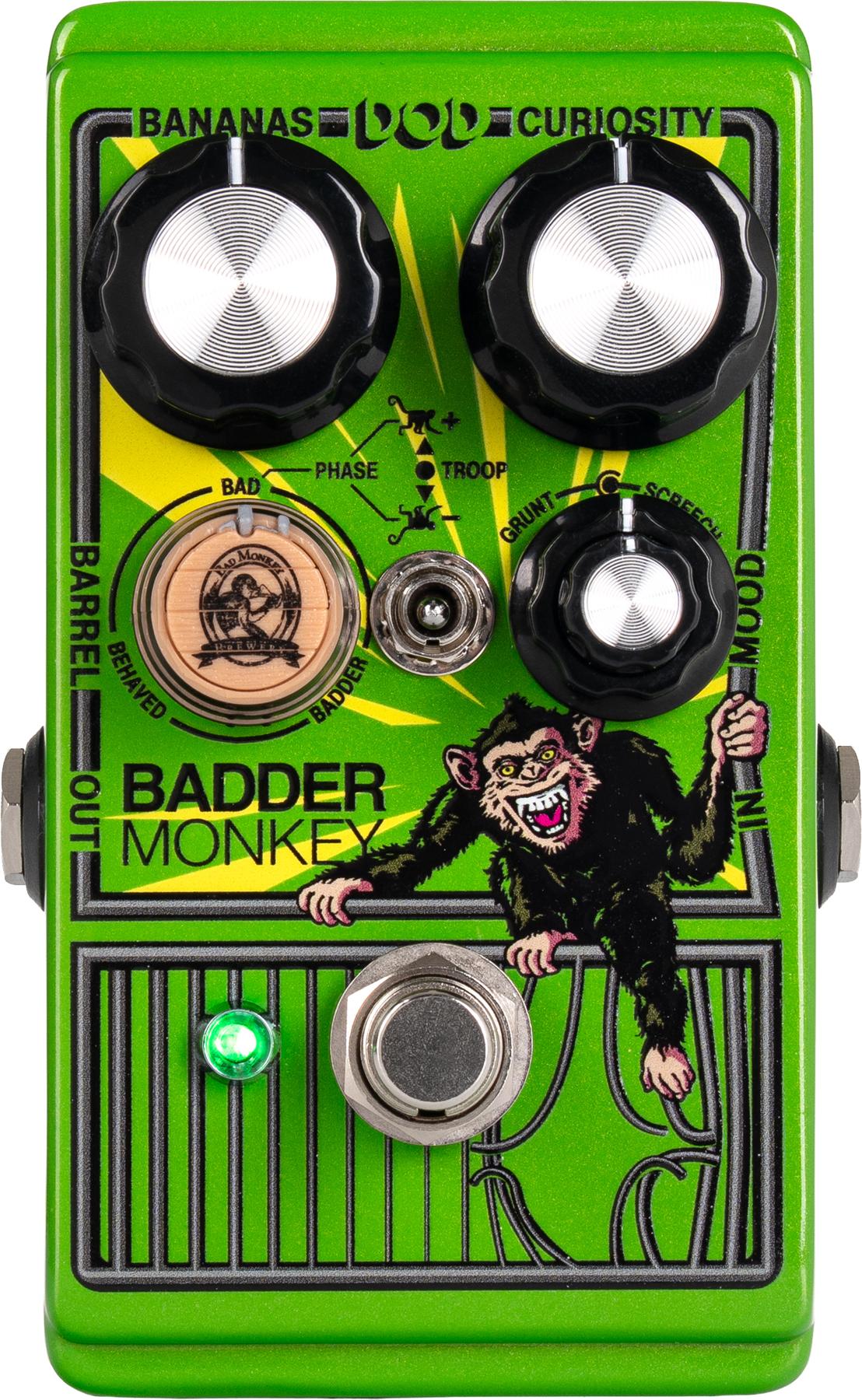Epiphone launches the Joe Bonamassa 1963 SG Custom.
One of Bonamassa's prized acquisitions is a 1963 Gibson SG Custom with some unusual features, including a unique smoothly contoured neck heel joint and a Dark Wine Red finish to honor the original guitar’s Dark Cherry Red color, which was a rarity for that model and year. It features the same smooth neck joint contour, a Maestro Vibrola, classic SG Custom cosmetics, gold-plated hardware, and three powerful Epiphone ProBucker pickups. As a result, the new Epiphone Joe Bonamassa 1963 SG Custom aims to faithfully recreate the magic of this unique guitar. The Epiphone Joe Bonamassa 1963 SG Custom arrives with a Custom Hardshell case with a goldenrod plush interior and Epiphone and Joe Bonamassa exterior graphics, and a certificate of authenticity.

Bonamassa recently performed a one-night-only performance at the Hollywood Bowl on August 9th, recorded for his next live concert film. After finishing up the summer with two special performances featuring Styx and Don Felder, the hardest working bluesman in show business will begin his U.S. Fall Tour on October 23rd at The Cannon Center in Memphis, TN, before crisscrossing the country and capping the year at the guitar-shaped Hard Rock Live in Hollywood, FL on December 2nd. As we look further ahead, Bonamassa’s 2024 spring tour boasts performances at historic venues, culminating with 'Keeping the Blues Alive at Sea IX'. For more information and to purchase tickets, click HERE.
Epiphone Joe Bonamassa 1963 SG Custom Guitar - Demo & Rundown with Joe Bonamassa
Epiphone Joe Bonamassa 1963 SG Custom Electric Guitar - Dark Wine Red
The Epiphone Joe Bonamassa 1963 SG Custom is now available worldwide in limited quantities at authorized Epiphone dealers, and on https://www.epiphone.com.













![Rig Rundown: Russian Circles’ Mike Sullivan [2025]](https://www.premierguitar.com/media-library/youtube.jpg?id=62303631&width=1245&height=700&quality=70&coordinates=0%2C0%2C0%2C0)









